How Not To Screw Up IoT Marketing
Published on April 18, 2016/Last edited on April 18, 2016/7 min read
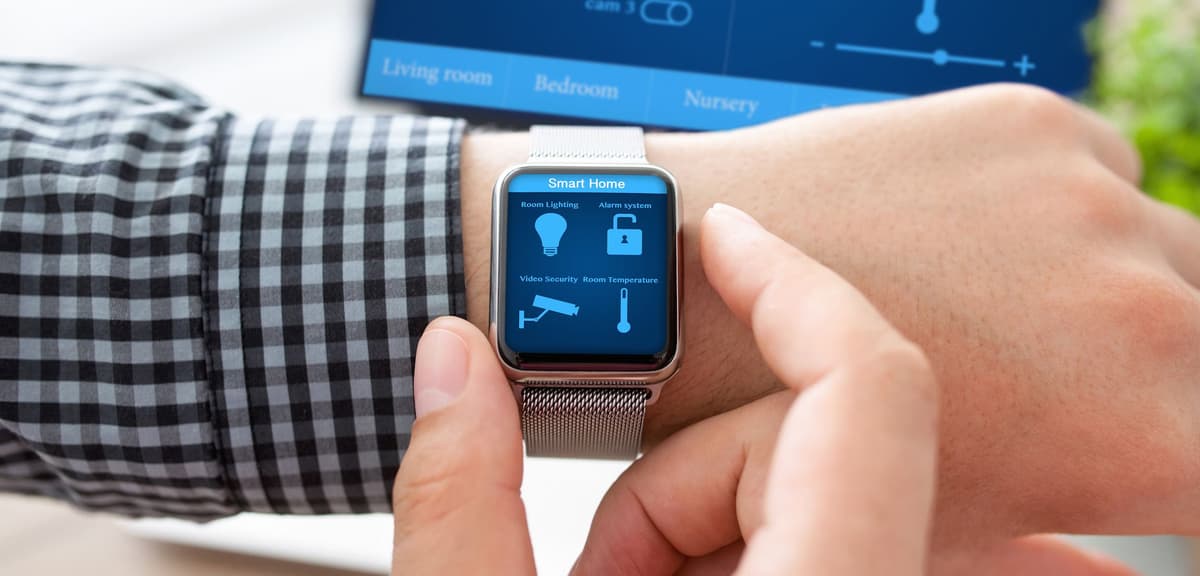

Team Braze
The home of WordPress founder Matt Mullenweg seems like it’s straight out of a sci-fi movie. Upon walking into the kitchen, coffee starts to brew. A lamp can notify him of the current traffic with color-coded lights. The home can even be set up so when entering, personalized music will play.
All of this can be controlled through a smartphone. The connected home and the Internet of Things (IoT) is starting to take off. McKinsey Global Institute estimates the total economic impact of IoT could be as high as $11 trillion by 2025. It’s the reason why Google acquired Nest for $3.2 billion and Samsung acquired SmartThings, the company that powers Mullenweg’s futuristic home.
As our physical world becomes more intertwined with our digital lives, we’re on a collision course with information overload. We’re already seeing consumers becoming fatigued with push notifications and other forms of messaging, but how much worse could it get when we’re connected to everything?
How can brands balance their relationships with consumers to provide the most valuable information without overloading them, and possibly jeopardizing the long-term customer relationship?
A new world where everything is connected
While it may still seem like it’s futuristic technology, the Internet of Things has been around since about 2008. In a previous blog post, Appboy writer Lauren Leonardi describes the Internet of Things:
IoT is a world in which everyday objects—from your phone to your car to your coffee maker to the systems that manage energy consumption in your home to the system that screens bags at the airport, and so on—can exchange data with each other via network connections.
In other words, the Internet of Things connects our physical surroundings to our digital lives, with the idea that our lives will become easier and actions more efficient.
Soon everyone will be surrounded by “smart” objects. Clothing is being made to monitor our “muscle effort” to improve athletic form, water bottles will now notify you when you’re less than sufficiently hydrated, cups can track the nutritional content of your beverage, and diapers will automatically notify you when a baby has gone to the bathroom.
All these devices will be collecting vast amounts of data. At some point, this data will need to be filtered and sent to you in order for the smart products to be of any added value. Otherwise, you’re just wearing a $547 bodysuit to the gym. This is where brands could run into a gray area of value vs. noise.
Avoiding overexposure
The smartphone is increasingly becoming a major hub of the Internet of Things, allowing consumers to control and communicate with a wide variety of connected devices. People are already checking their phones 85 times a day. Increased dependence on our phones from IoT will only drive up that number, not to mention checking all the other devices that messages can be sent and received on (desktops or the connected appliance itself, for example).
With more messaging opportunities, we risk making consumers numb to notifications and messaging, just as they have become numb to TV commercials. To stay relevant, it will be important for marketers to understand all messaging channels and develop an omnichannel marketing strategy with long-term goals in mind.
Here’s a peek of what’s ahead. Between the different devices and screens (smartphones, tablets, wearables, smart tvs, etc.), the different messaging formats (email, modal, slider, push notification), and messaging delivery type (email, in-app or in-browser, push), there are endless combinations for a marketer to engage a user. Messaging across these different devices and screens will rely on greater coordination from marketers.
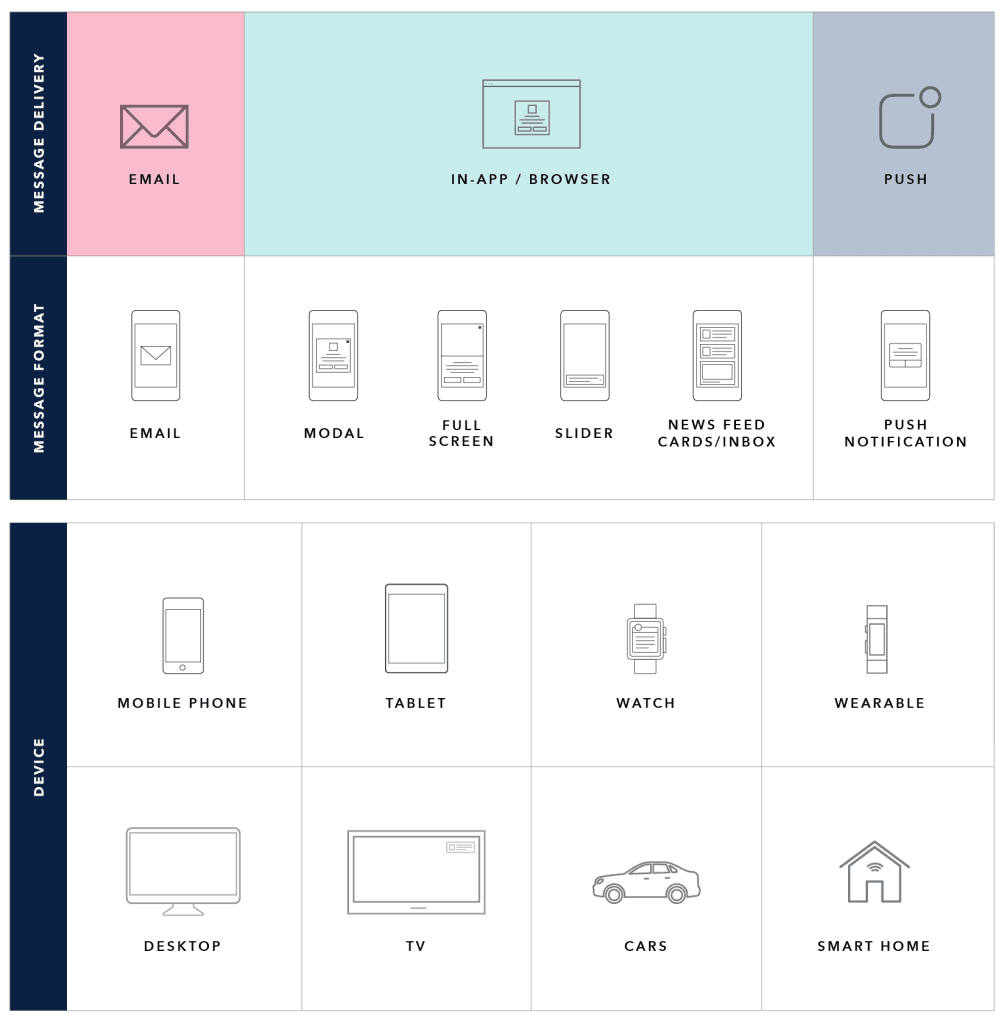
As we accelerate into the Internet of Things, how can marketers continue to deliver value to customers without crossing the chasm into trivial noise, rendering any data from IoT useless? Below we look at three ways to stay valuable and relevant.
3 tactics to keep IoT messaging relevant
1. Focus on action, not just possibilities
Long-term customer relationships rely on getting to know your customer and providing relevant content. When it comes to IoT, that might mean delivering information that’s actually useful based on what you know about the user, not just what COULD be useful.
When given large amounts of data, it’s very easy to fall into the trap of finding reasons to use all the data. Instead, signs point to the benefits of focusing on the data your user actually wants.
For example, Lockitron allows you to lock and unlock your house door through an app. I’m sure Lockitron could come up with lots of different uses for the data based on the number of times you open a door, how long you keep it open for, and when your home is most susceptible to burglary. There are many possibilities for your front door data.
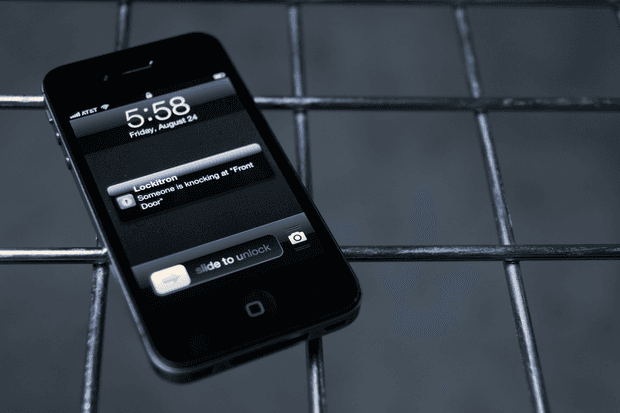
An actionable push notification from Lockitron.
Instead, Lockitron keeps it really simple and really valuable. Lockitron lets you know when you’ve left your door unlocked, when your battery is running low, or when someone is knocking on your door. These are quick, actionable messages that solve an immediate problem.
This isn’t by accident. Lockitron’s co-founder, Cameron Robertson said over email that Lockitron is “striving to help you interact with your phone as little as possible. As counterintuitive as that is, we want the product to seamlessly integrate with your daily routines without bombarding you with more notifications that require action.”
“While there is a lot more information about Lockitron that we can share,” he says, “we’re picking and choosing carefully. That said we do have a number of features planned that take advantage of the data we’re collecting so that we can notify users in a thoughtful fashion.”
2. Use the power of the nudge to maximize your message efficiency
A few years ago, Moz founder Rand Fishkin gave a great talk about the power of a nudge. He states that by reframing a blatant ask into a clever nudge, you can get a higher percentage of users to take the desired action. For instance, more hotel guests reused their towels after reading:
“75% of people who stayed in room 34 re-used their towel.”
As opposed to this message:
“To help conserve water & energy, please do your best to re-use your towel.”
That’s an example of social proof working as a successful nudge. Other principles that work for successful nudges include limiting the choices a consumer can make on any given message or landing page.
Marketers can apply these strategies to all their messages, but quality over quantity will only become more vital in the world of IoT messaging. Since only 55% of individuals who use an app during the first week after download will be retained, it’s important for brands to make the most of each messaging opportunity. It’s a privilege that shouldn’t be squandered.
3. Integration with popular apps can be the key to success
The fifty-cent word many IoT experts are throwing around is interoperability. Everyone is busy building their own app to work with a smart device, which can lead to the app living in an isolated world, disconnected from other apps—and potentially disconnected from the rest of the user’s daily actions. For an app to be truly valuable to the end user, it needs to coordinate with that user’s other favorite apps.
Otherwise, users could end up with dozens of apps doing their own thing, which will most definitely lead to the user being overwhelmed with messages and ultimately either ignoring them, or shutting them off completely.
By allowing your app and messaging campaigns to connect with other popular apps (think: users can order a new coffee filter for their smart device through their messaging app with your chatbot), you’re enabling users to create their own ecosystem of connected products. Giving people this option will assist in the coordination of app communication. By working well with other apps, your app’s value to the consumer increases and the likelihood of continued use is improved.
It’s the wild west out there
We are entering the wild west of IoT. There are no rules, just a vast opportunity for brands to connect with users digitally and physically. As the technology matures, so will the strategies marketers use to communicate with IoT users. With the increased number of occasions someone can be notified by a brand via IoT, the more valuable your notifications must be to cut through the noise. That means the best way forward is to send messages at strategic moments with actionable messaging. Anything less and you run the risk of becoming another app someone used to use.
Be Absolutely Engaging.™
Sign up for regular updates from Braze.
Related Content
View the Blog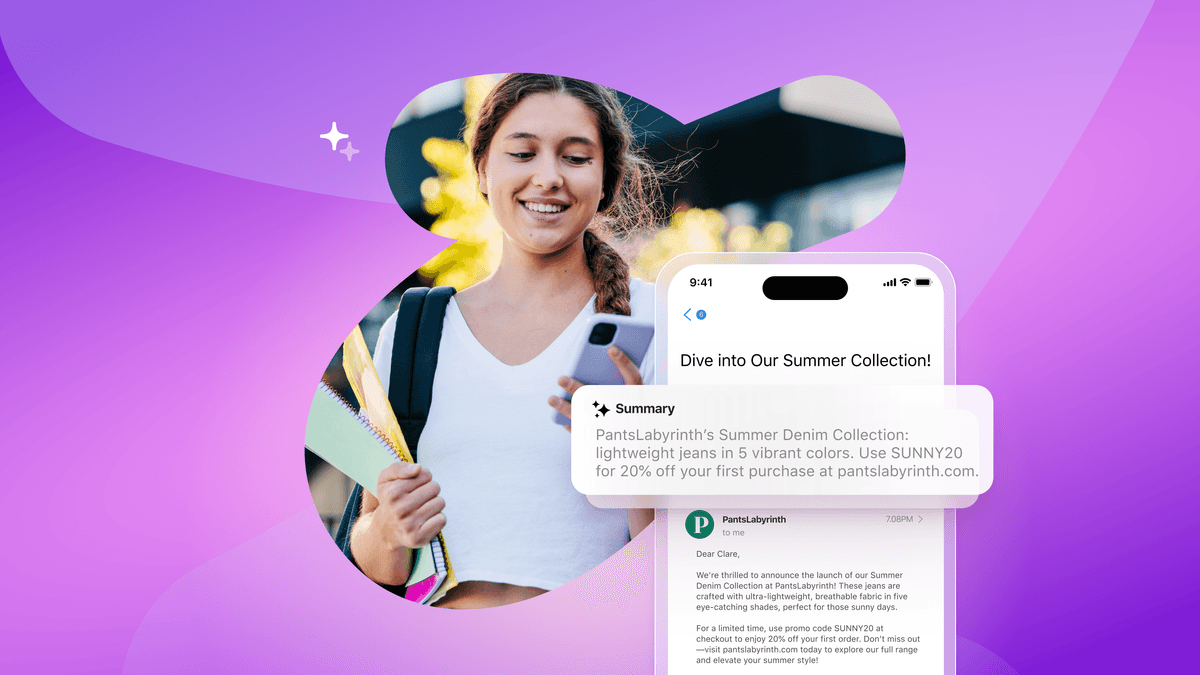
How Android 16 and iOS 26 are reshaping customer engagement

Haley Trost
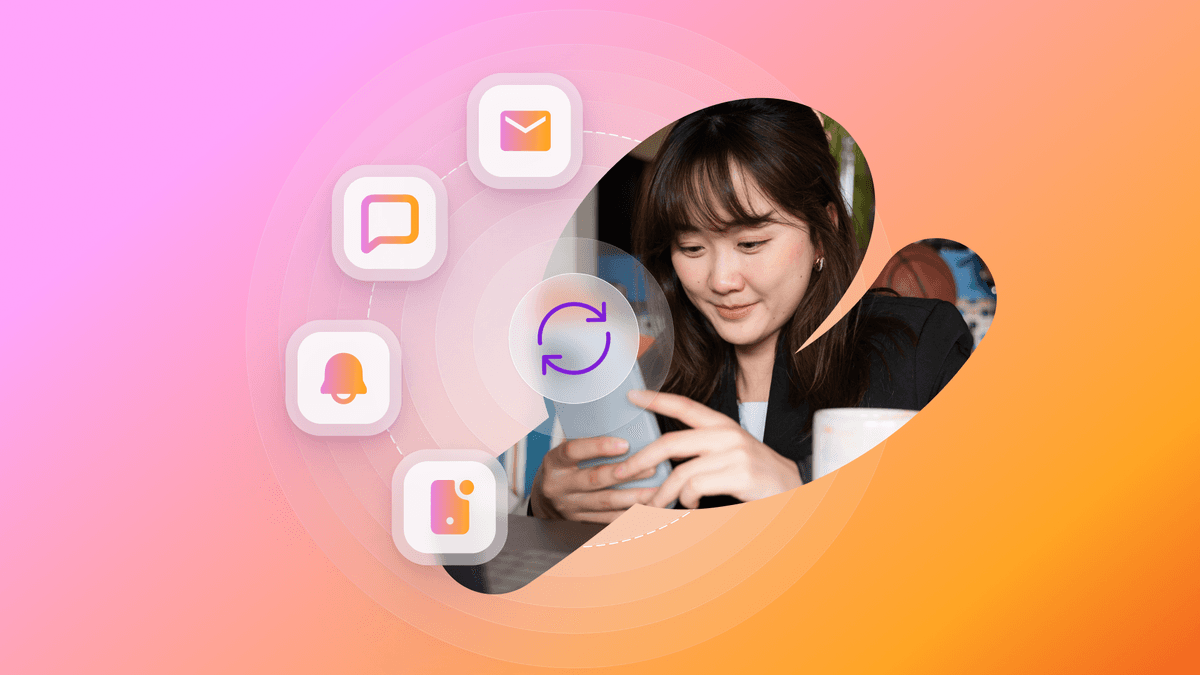
Proven customer retention strategies for building loyalty and reducing churn
July 02, 2025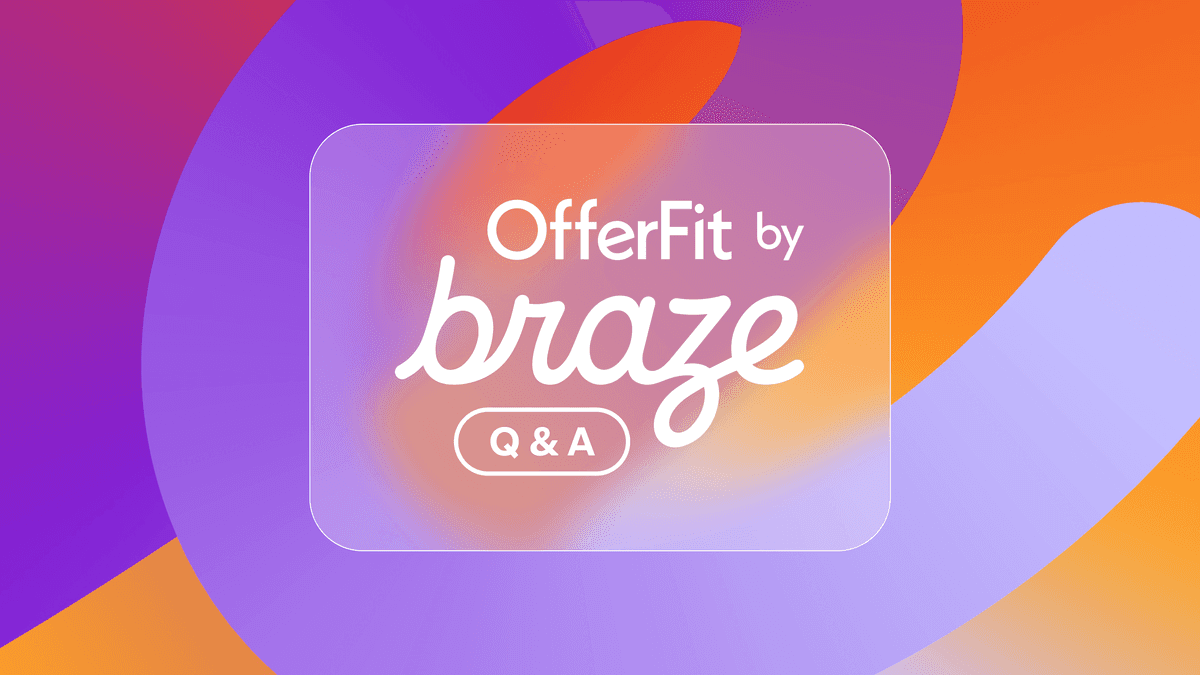
Introducing OfferFit by Braze: Answering burning questions
